


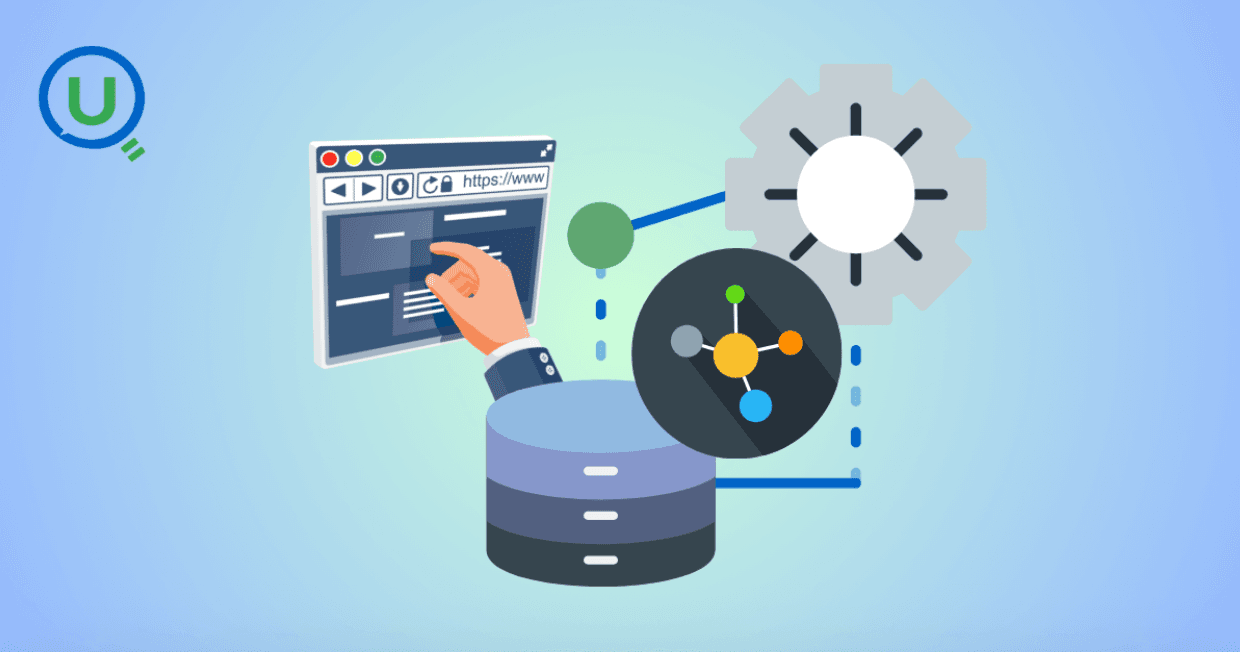
In today’s fast-paced, data-driven world, organizations rely on vast amounts of information to make decisions, drive innovation, and maintain compliance. But with this abundance of data comes complexity—data flows through countless systems, transformations, and pipelines before it’s finally consumed. So how can organizations understand where their data came from, how it’s been transformed, and whether they can trust it? That’s where data lineage comes in.
Understanding data lineage is essential for businesses seeking transparency, trust, and control over their data. It provides a visual map of the data journey—from its original source to its final destination. Whether you’re a data analyst, engineer, or business leader, knowing how your data evolved over time is key to making informed decisions and maintaining data integrity.
In this blog, we’ll explore the core concepts of data lineage, why it’s becoming critical in modern data ecosystems, its types and tools, and the tangible benefits it brings to organizations across industries.
Data lineage refers to the complete life cycle of data: where it originates, how it moves through different systems, what transformations it undergoes, and where it ultimately ends up. Think of it as a roadmap or audit trail that helps you trace every step data takes, from raw input to actionable insight.
In a typical organization, data might originate from sources like CRM systems, social media platforms, or financial databases. From there, it passes through various processing layers—such as ETL (extract, transform, load) tools, data warehouses, BI dashboards, and machine learning models. At each step, data is altered, enriched, filtered, or aggregated. Data lineage captures all of this, documenting each interaction and process along the way.
This comprehensive traceability is vital for organizations to understand data quality, troubleshoot issues, comply with regulations, and foster data-driven decision-making.
The rise of complex data infrastructures has made it harder to keep track of data transformations. Without visibility into data flows, teams struggle with inconsistencies, errors, and compliance risks. Data lineage solves these problems by offering transparency and accountability in data management.
Here’s why data lineage is essential:
When decision-makers question a KPI on a dashboard, data lineage can show exactly how that metric was calculated, what transformations were applied, and where the data came from. This builds trust in the numbers and allows teams to validate the data's accuracy quickly.
If a report shows inaccurate results or a model underperforms, tracing the data lineage helps identify whether an upstream change, missing value, or transformation logic is responsible. Without lineage, it’s like finding a needle in a haystack.
Data lineage bridges the communication gap between data engineers, analysts, business users, and compliance officers. It enables each stakeholder to understand how data is used and how changes will impact downstream processes.
Regulations such as GDPR, HIPAA, and CCPA require organizations to explain how personal data is collected, processed, and stored. Data lineage documentation makes it easier to demonstrate compliance and respond to audits.
When companies move to the cloud or revamp their data architecture, understanding existing data flows is crucial. Data lineage maps help identify dependencies, reduce risk, and ensure smoother transitions during migration projects.
To fully understand data lineage, it’s important to grasp the core elements and techniques that make it work. The concept extends beyond simple data tracking—it incorporates metadata, transformation logic, and system context.
At its simplest level, data lineage starts with identifying where the data originated (e.g., an ERP system or third-party API) and where it ends up (e.g., a BI dashboard, data lake, or machine learning model).
This includes every change made to data along its journey: filters, joins, aggregations, enrichments, or masking. Transformation lineage helps teams understand how raw data is converted into insights.
Metadata describes the data—for example, its format, owner, sensitivity, and relationships with other data. Contextual metadata is vital for understanding how data is used and how changes affect the bigger picture.
Horizontal lineage shows the flow of data across systems, like from source to warehouse to dashboard.
Vertical lineage digs deeper into column-level or attribute-level details—useful for detailed audits or impact analysis.
Modern data tools offer automated lineage tracking by parsing metadata and logs. However, some situations still require manual annotation, especially for undocumented processes or legacy systems.
There are several ways to classify data lineage, based on how the data flow is captured and visualized. Each type plays a role in ensuring a complete picture of the data journey.
This high-level view focuses on business concepts, such as KPIs, business rules, and metrics. It’s often used by business users and executives to understand how data supports decision-making.
Technical lineage maps data at the schema, table, and column levels. It includes details like SQL transformations, pipeline dependencies, and code logic—primarily used by data engineers and architects.
This real-time or near-real-time view shows the execution status of data pipelines, including runtime logs, errors, and delays. Operational lineage helps with performance monitoring and troubleshooting.
Embracing data lineage can deliver measurable advantages to organizations striving to become more data-driven. From improved data governance to better efficiency, here’s how it creates value:
Data lineage plays a central role in enforcing governance policies by showing who owns data, how it is processed, and where it flows. It reduces data chaos and promotes accountability across teams.
With data lineage, data teams spend less time investigating errors and more time building value. It shortens issue resolution cycles, especially when changes break dashboards or pipelines.
By offering visibility into the source and transformation of data, data lineage helps catch anomalies early. Teams can proactively monitor data health and avoid cascading data quality issues.
Business leaders can confidently make decisions knowing the data is traceable and verified. Lineage maps provide the context needed to understand how numbers were derived.
In agile environments, where changes happen rapidly, data lineage allows teams to track dependencies and test impact before making updates. It improves agility while minimizing risk.
Implementing data lineage effectively requires the right tools and a thoughtful strategy. While some companies still rely on spreadsheets and manual documentation, modern tools offer automation and scalability.
Apache Atlas: Open-source governance and metadata tool for Hadoop ecosystems.
Collibra: Enterprise-grade data governance platform with lineage and catalog features.
Alation: Combines data cataloging with automated lineage tracking.
Microsoft Purview: Azure-native solution offering end-to-end data governance, including lineage.
Informatica: Powerful for enterprise-scale data integration and lineage mapping.
Start small: Focus on critical datasets and expand coverage over time.
Involve stakeholders: Align technical and business users for complete understanding.
Keep it dynamic: Use tools that provide real-time or near-real-time updates.
Make lineage accessible: Visualizations should be user-friendly and searchable.
Integrate with metadata strategy: Lineage is most powerful when combined with data cataloging and classification.
While data lineage offers immense value, implementing it at scale is not without challenges:
Legacy systems may lack metadata for automation.
Complex transformations can be difficult to trace in black-box systems.
Multiple data environments (cloud, on-premise, hybrid) can create integration hurdles.
Change management is needed to keep lineage updated as systems evolve.
User adoption can lag if tools aren’t intuitive or well-documented.
Tackling these challenges requires leadership commitment, strategic tooling, and ongoing education.
As businesses continue to embrace digital transformation, the future of data lineage is bright and fast-evolving:
AI-powered lineage will automate even more complex flows and recommend fixes.
Real-time lineage tracking will become standard, offering instant visibility.
Data contracts and observability will strengthen how lineage integrates with data reliability.
Privacy-focused lineage will help organizations better handle sensitive data and compliance.
In a world where data is the new oil, data lineage is the refinery that makes it usable, trusted, and high quality.
Data lineage is no longer just a "nice to have"—it’s a foundational element of modern data management. By mapping the full journey of data, organizations can enhance data quality, ensure compliance, accelerate innovation, and build a culture of trust in data.
Whether you're navigating a cloud migration, developing AI models, or simply trying to ensure dashboard accuracy, data lineage empowers you to understand your data inside and out.
As businesses become increasingly data-centric, those who embrace lineage will not only gain clarity—they’ll gain a competitive edge.
Enqurious empowers organizations to take full control of their data journeys. Our intelligent platform integrates powerful data lineage capabilities with automated metadata tracking, advanced analytics, and user-friendly visualizations. Whether you're building a modern data stack, ensuring data trust, or preparing for audits, Enqurious makes lineage simple, scalable, and actionable.
By combining data observability, governance, and AI-driven insights, Enqurious helps your team make smarter decisions with full confidence in your data’s origin and transformation history.
Ready to unlock the power of transparent data? Talk to an expert at Enqurious today.

A practical walkthrough of how I reduced heavy batch workloads using Change Data Feed (CDF) in Databricks. This blog shows how CDF helps process only updated records, cutting compute costs and boosting pipeline efficiency.

I dropped a table in Snowflake, then queried to verify it was gone. The system said it doesn't exist, but also showed it consuming 3.57 MB. That contradiction led me down a rabbit hole of metadata delays, missing commands, and hidden costs. Here's what I discovered.
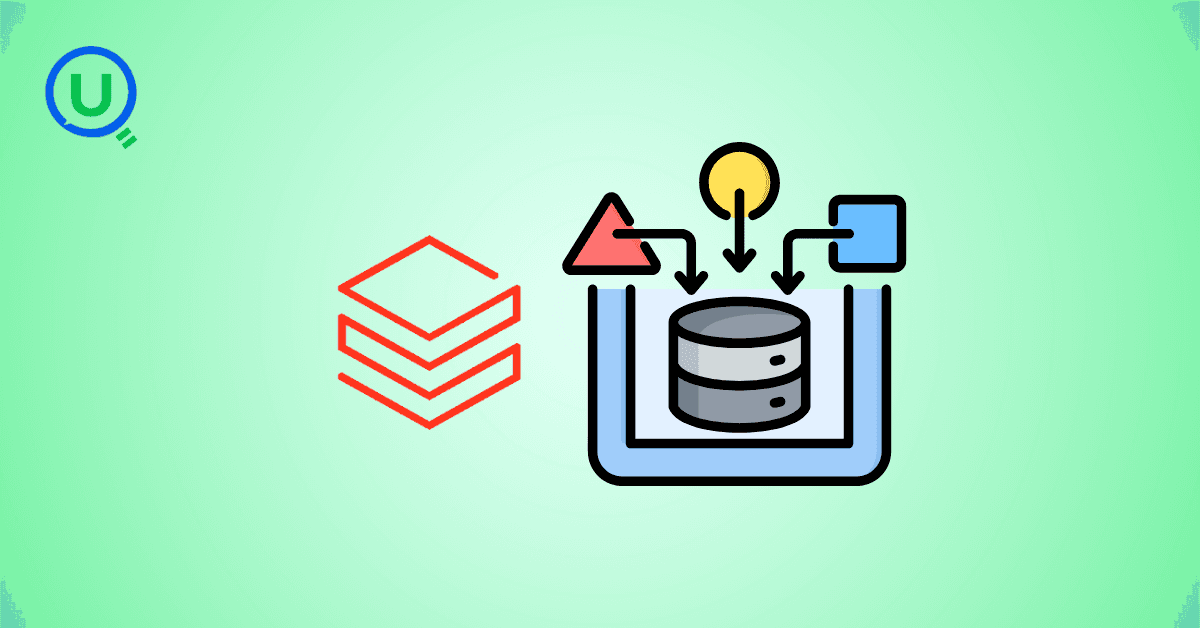
The AI industry has a security problem: data scientists aren't trained in security, ML engineers are working with black-box models, and security pros don't understand GenAI. Learn about the frameworks and tools bridging this gap—from Llama Guard to Databricks' safety features.
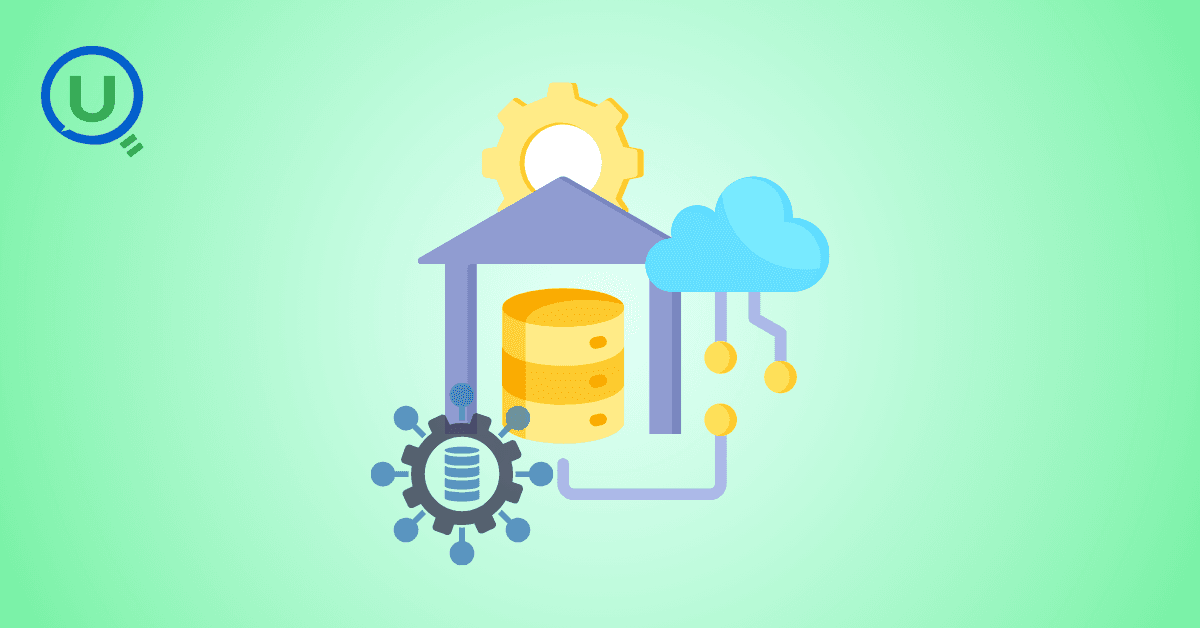
Why DELETE isn’t enough under GDPR, and how Time Travel can make sensitive data reappear unless VACUUM is used correctly.

This blog shares my personal journey into Snowflake Gen AI, from early confusion to hands-on clarity. It offers practical study tips, common pitfalls, and guidance to help you prepare effectively and understand Snowflake’s evolving AI capabilities.

Started scrolling Instagram at 2 AM. Saw Cloudflare memes. Fell down a 4-hour research rabbit hole. Discovered that AND database = 'default' could have prevented the whole thing. My sleep schedule is ruined but at least I understand distributed systems now.

Discover the top 10 data pipeline tools every data engineer should know in 2025. From Airflow to Fivetran, learn how each tool powers modern data workflows, supports real-time analytics, and scales across cloud ecosystems.
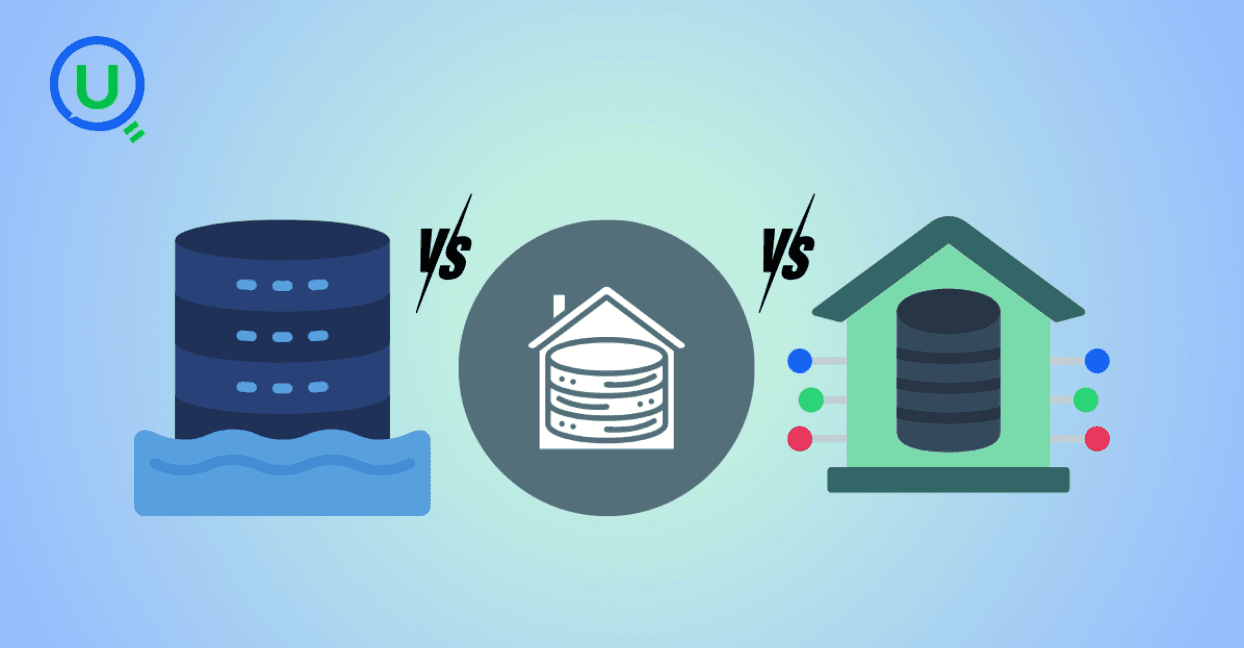
Confused between a data lake, data warehouse, and data mart? Discover key differences, real-world use cases, and when to use each architecture. Learn how to build a modern, layered data strategy for scalability, governance, and business insights.

Explore what syntax means in the world of data and AI—from SQL and Python to JSON and APIs. Learn why syntax matters, common errors, real-world examples, and essential best practices for data engineers, analysts, and AI developers in 2025.
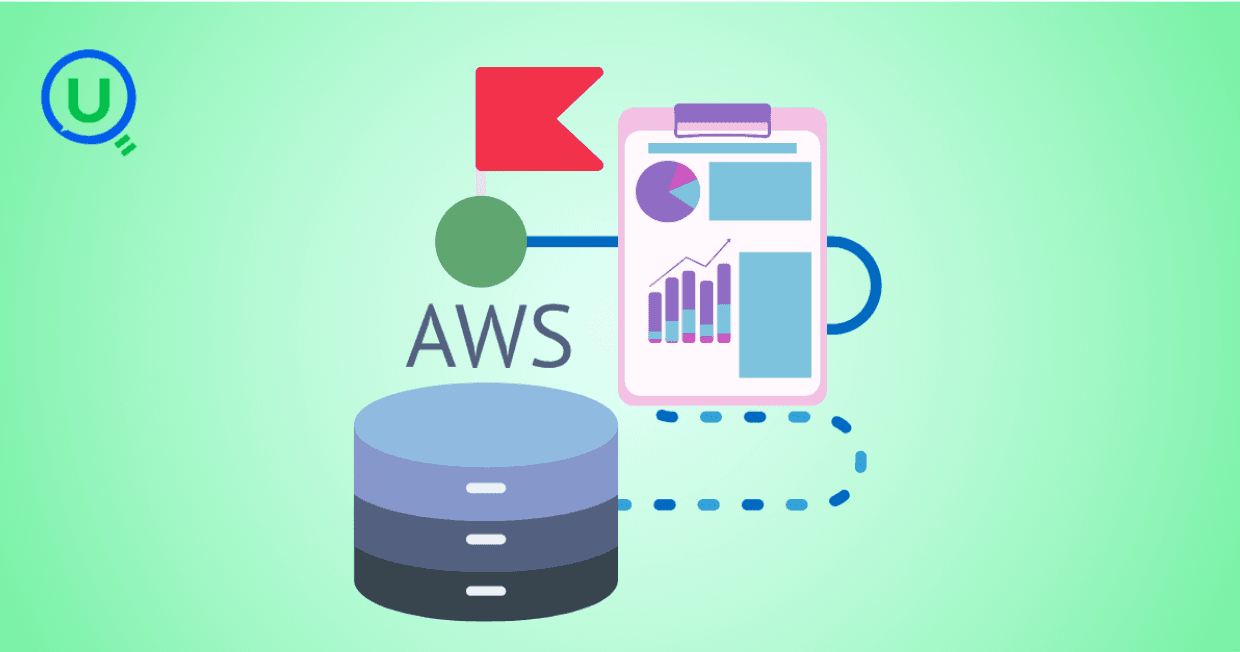
Discover how AWS Data Pipeline helps automate data movement and transformation across AWS services like S3, Redshift, and EMR. Learn its key features, benefits, limitations, and how it compares to modern tools like AWS Glue and MWAA.
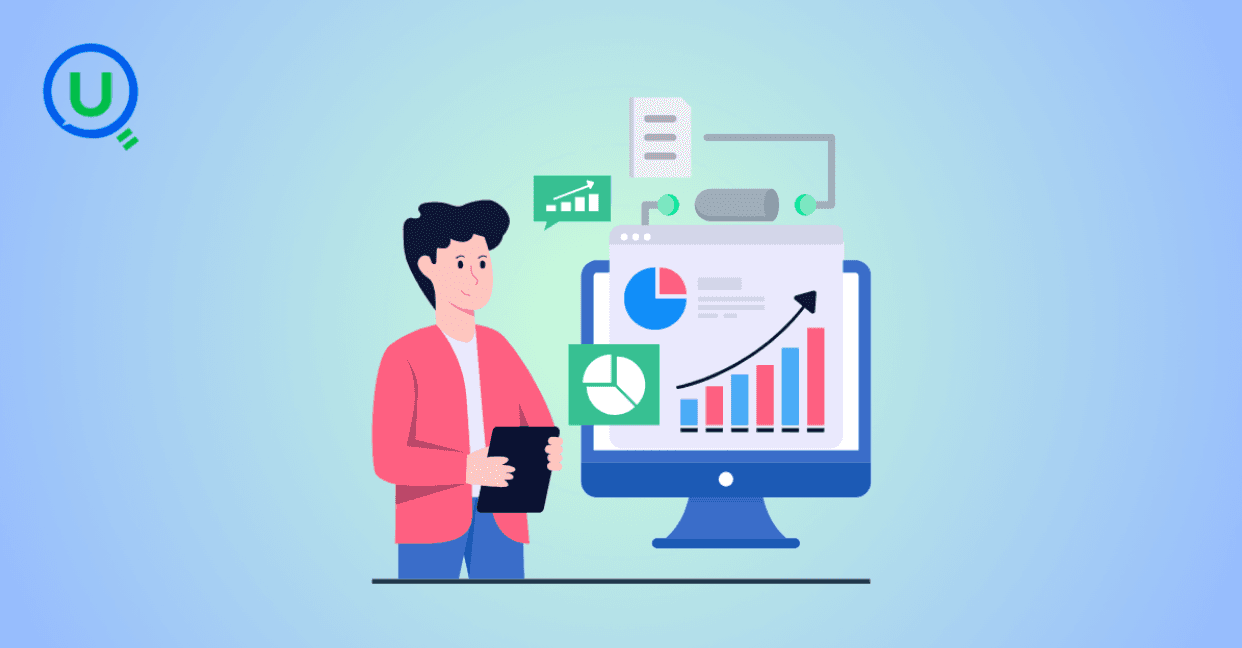
Learn how to build scalable and secure data pipeline architectures in 2024 with best practices, modern tools, and intelligent design. Explore key pillars like scalability, security, observability, and metadata tracking to create efficient and future-proof data workflows.
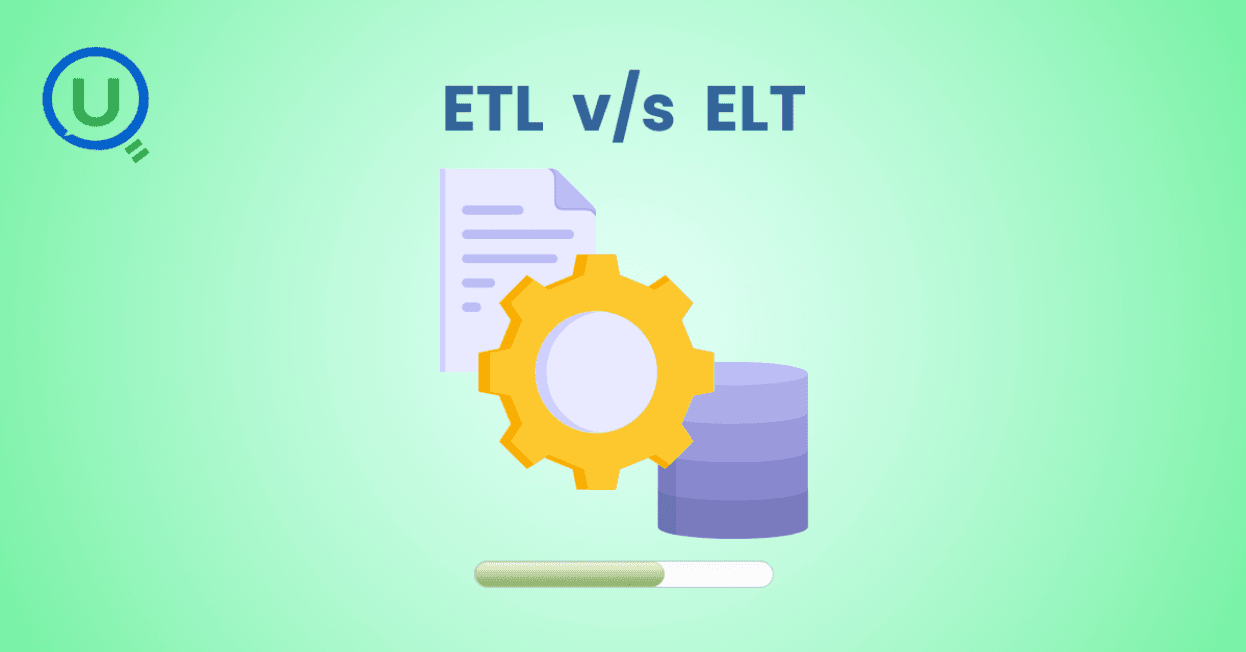
Explore the key differences between ETL and ELT data integration methods in this comprehensive guide. Learn when to choose each approach, their use cases, and how to implement them for efficient data pipelines, real-time analytics, and scalable solutions.
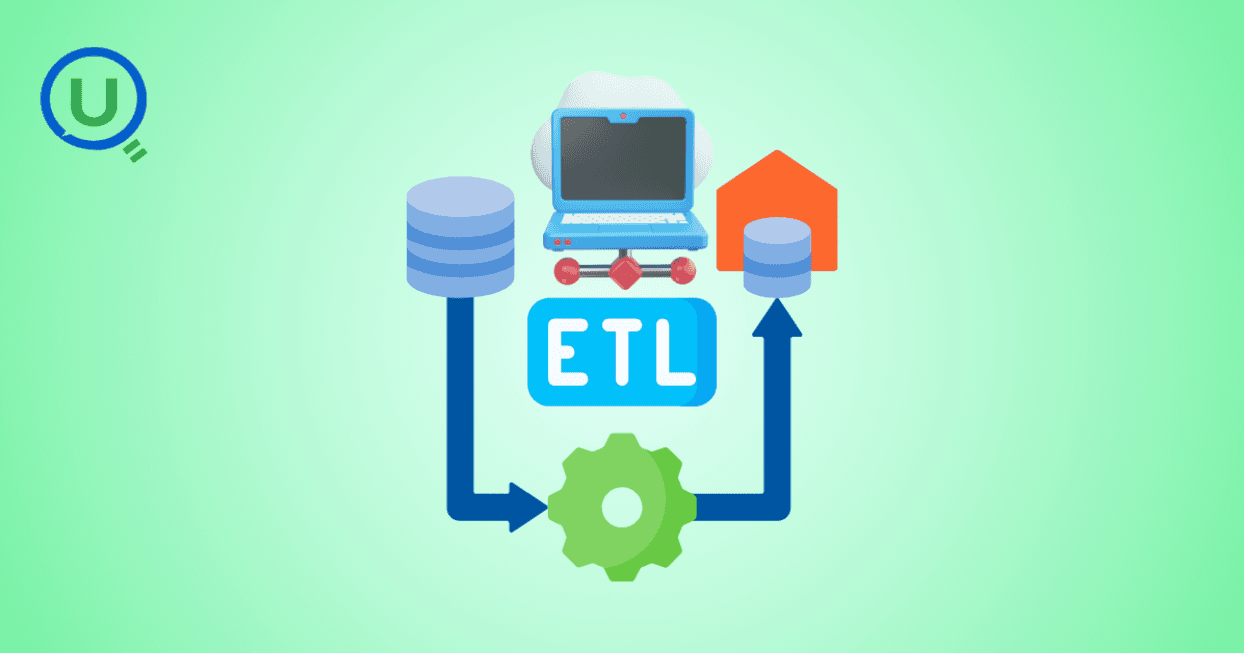
Learn the essential role of ETL (Extract, Transform, Load) in data engineering. Understand the three phases of ETL, its benefits, and how to implement effective ETL pipelines using modern tools and strategies for better decision-making, scalability, and data quality.
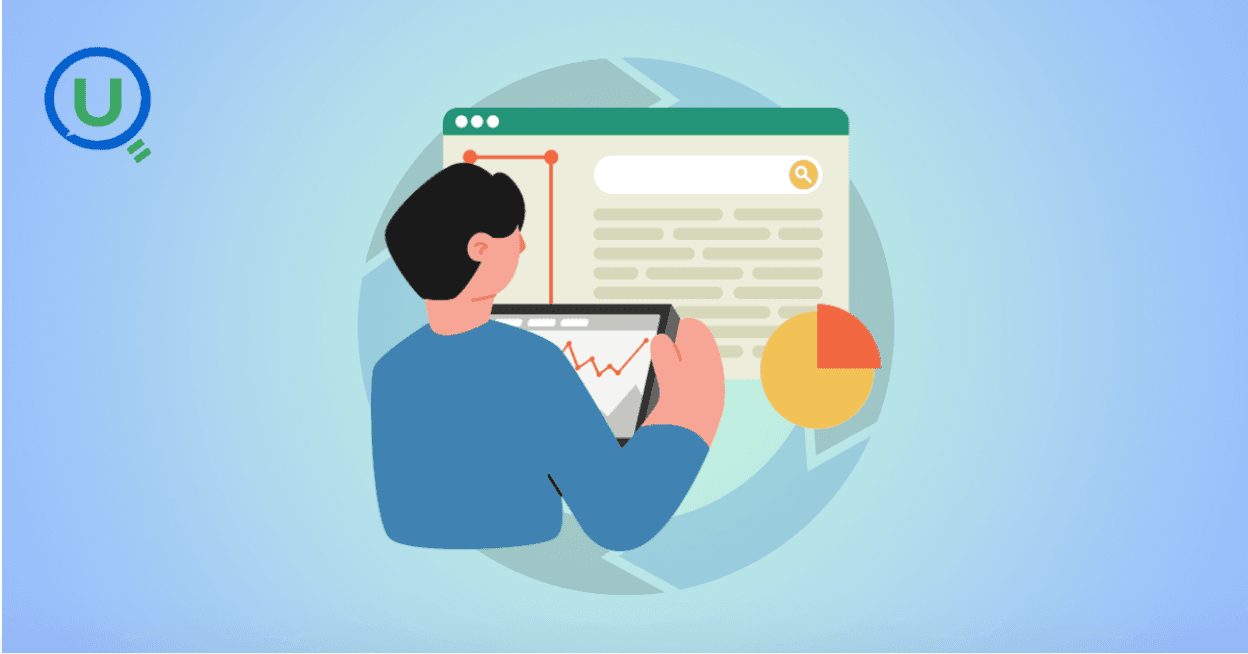
Discover why data orchestration and analysis are essential for modern data systems. Learn how automation tools streamline data workflows, boost insights, and scale with your business
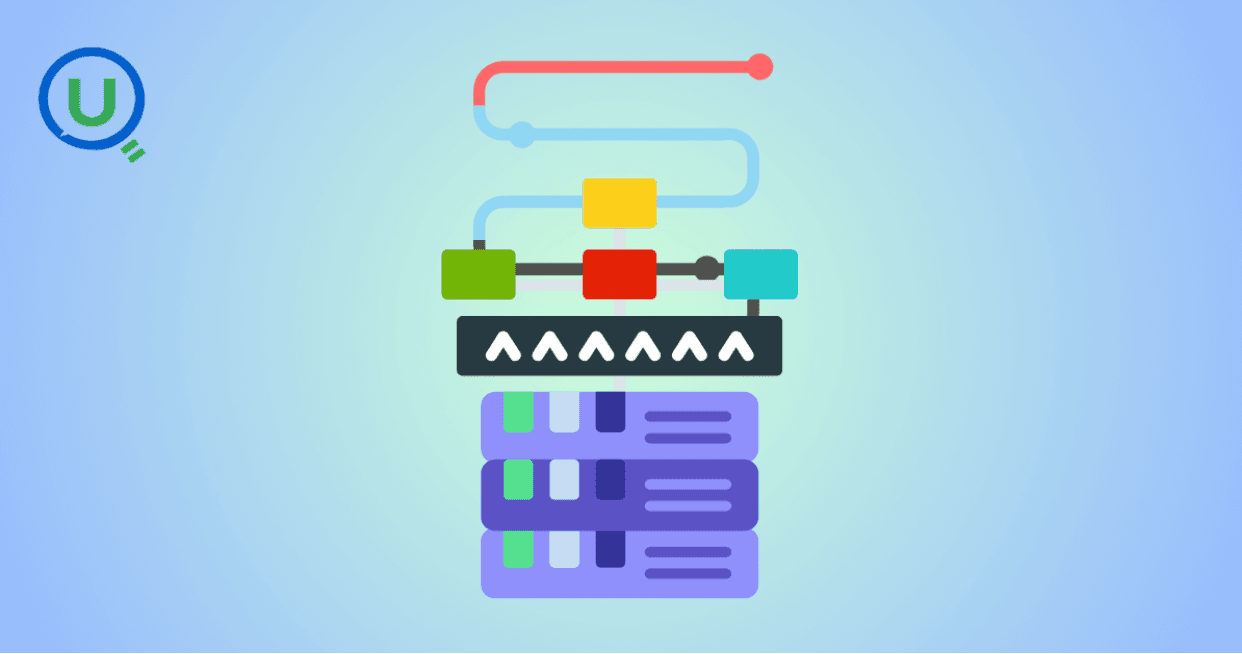
Learn what a data ingestion pipeline is, why it's vital for modern analytics, and how to design scalable, real-time pipelines to power your data systems effectively.
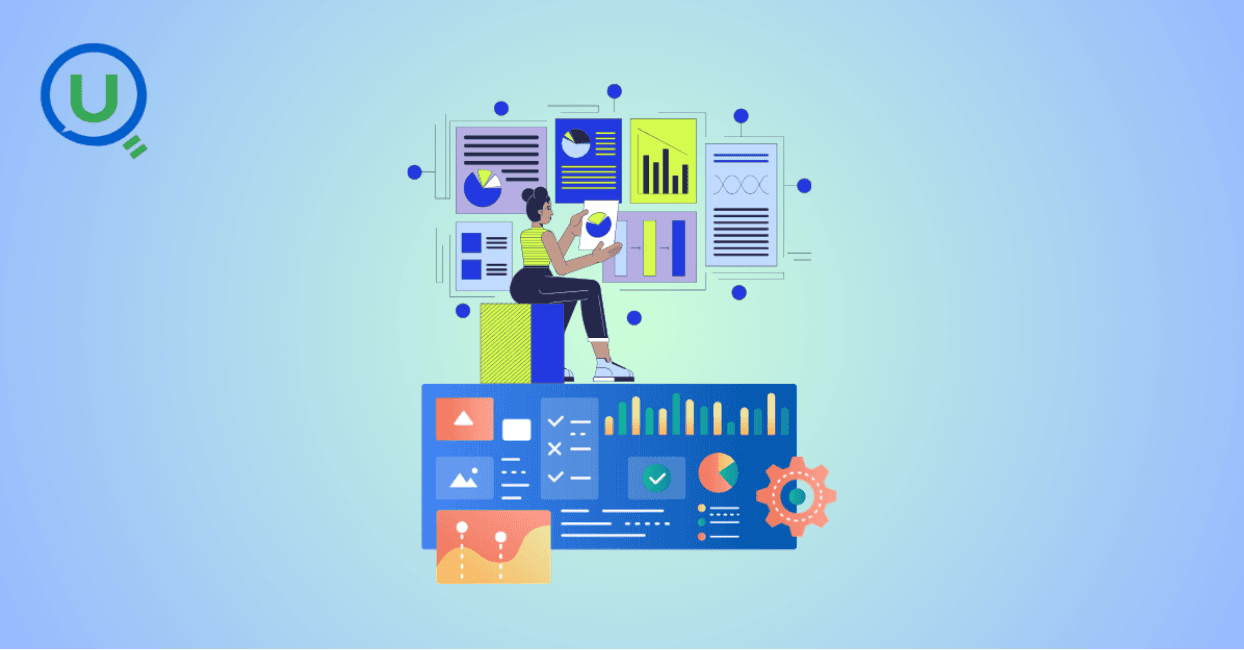
Discover the top 15 data warehouse tools for scalable data management in 2024. Learn how to choose the right platform for analytics, performance, and cost-efficiency.
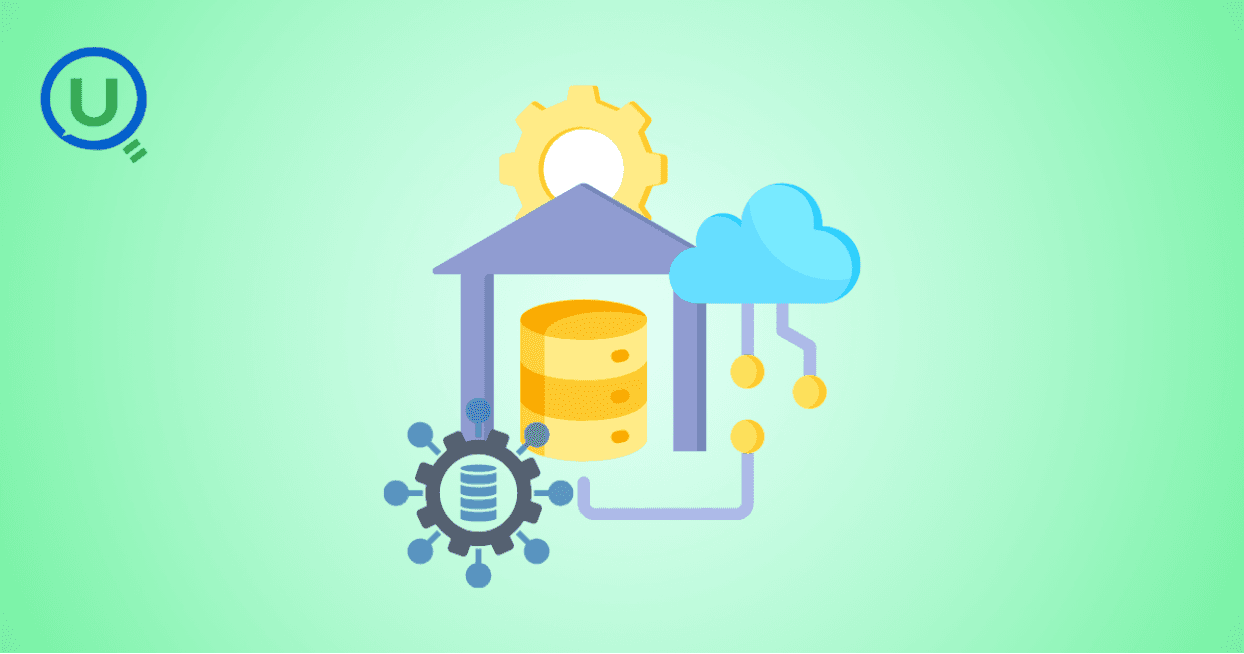
Confused between a data mart and a data warehouse? Learn the key differences, use cases, and how to choose the right data architecture for your business. Explore best practices, real-world examples, and expert insights from Enqurious.
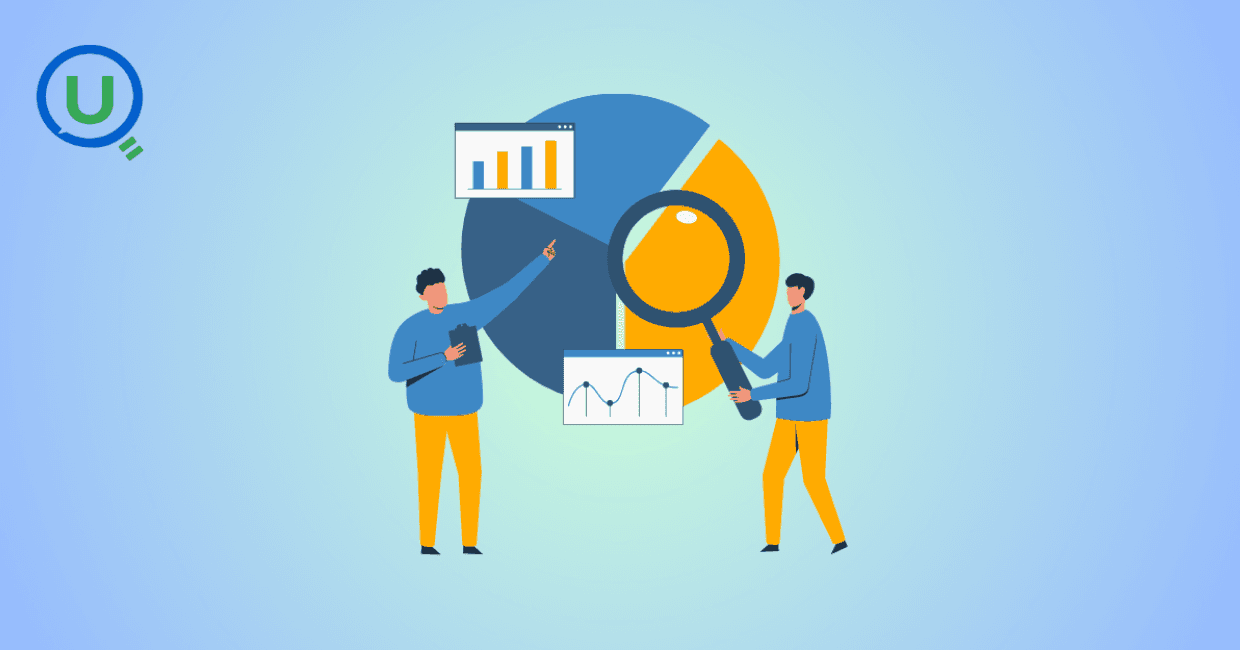
Discover the top 10 predictive analytics tools to know in 2025—from SAS and Google Vertex AI to RapidMiner and H2O.ai. Learn why predictive analytics is essential for modern businesses and how to choose the right tool for your data strategy.
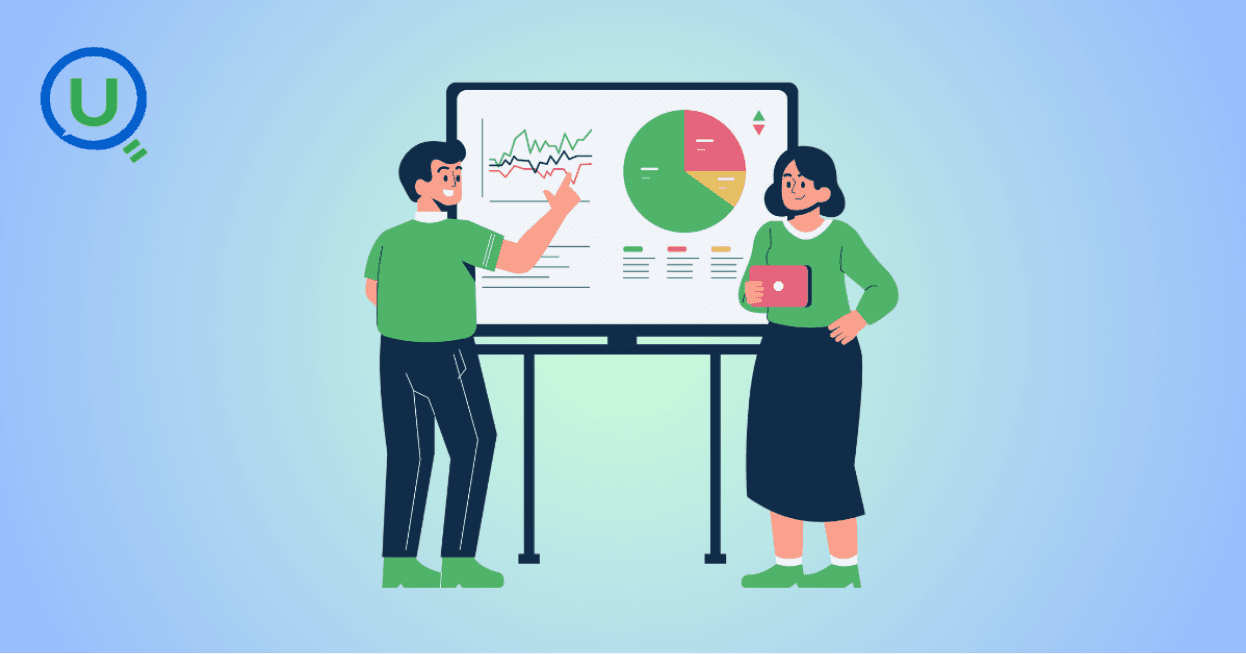
Explore the key differences between descriptive and predictive analytics, and learn how both can drive smarter decision-making. Discover how these analytics complement each other to enhance business strategies and improve outcomes in 2025 and beyond.
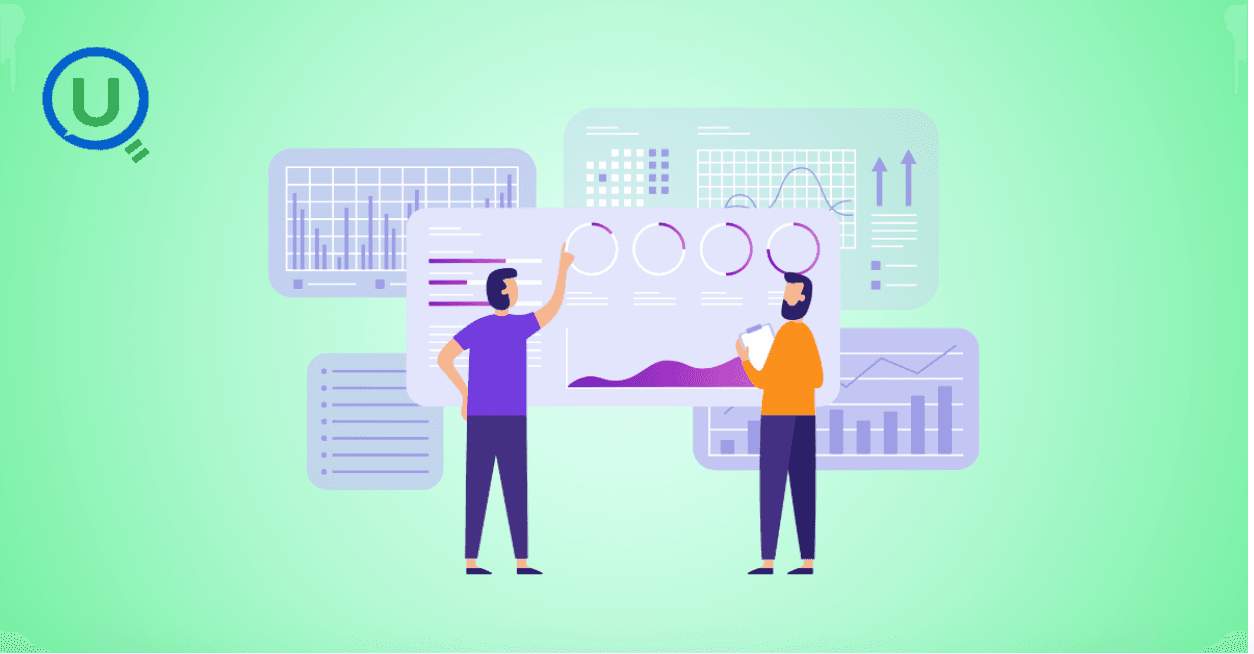
Explore the key differences between predictive and prescriptive analytics, and learn how both can drive smarter decisions, enhance agility, and improve business outcomes. Discover real-world applications and why mastering both analytics approaches is essential for success in 2025 and beyond.
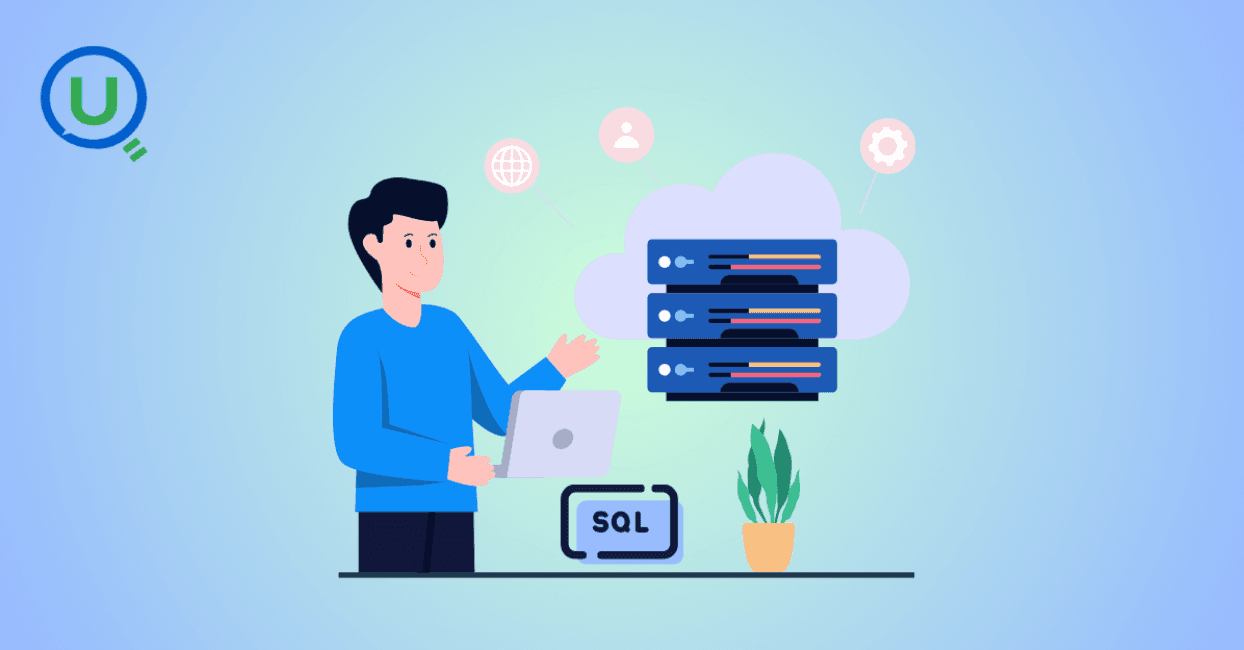
Compare PostgreSQL vs SQL Server in this comprehensive guide. Learn the key differences, strengths, and use cases to help you choose the right database for your business needs, from cost to performance and security.
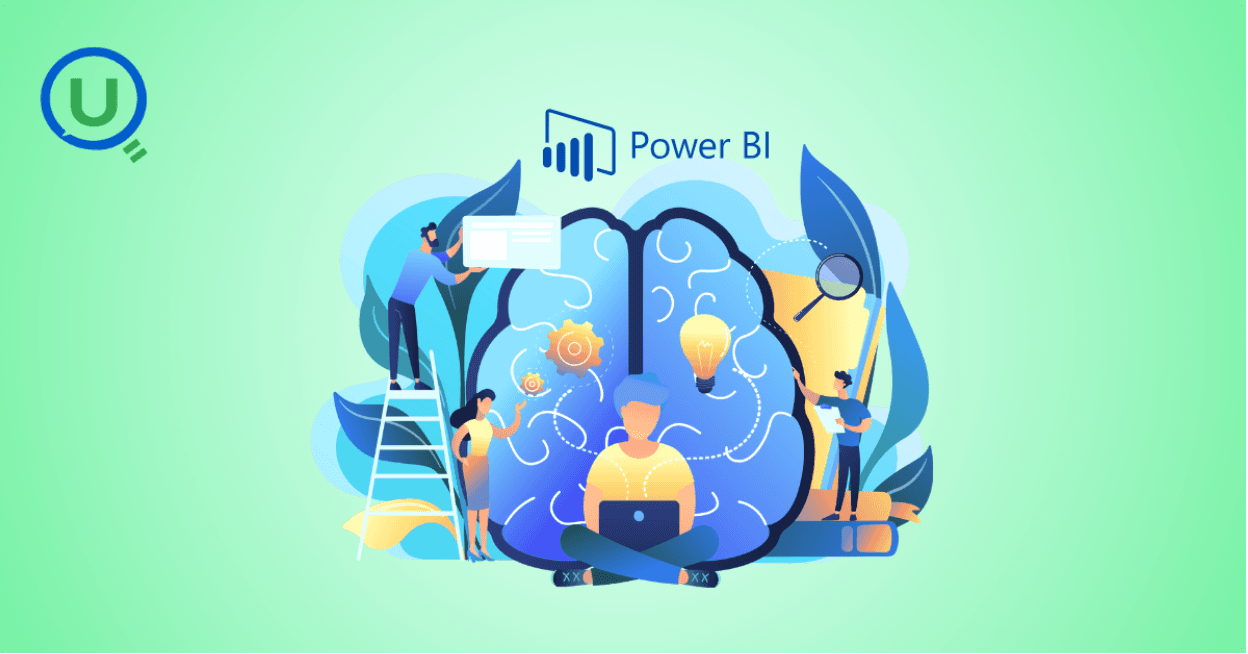
Learn what Power BI is and how it works in this beginner's guide. Discover its key features, components, benefits, and real-world applications, and how it empowers businesses to make data-driven decisions.
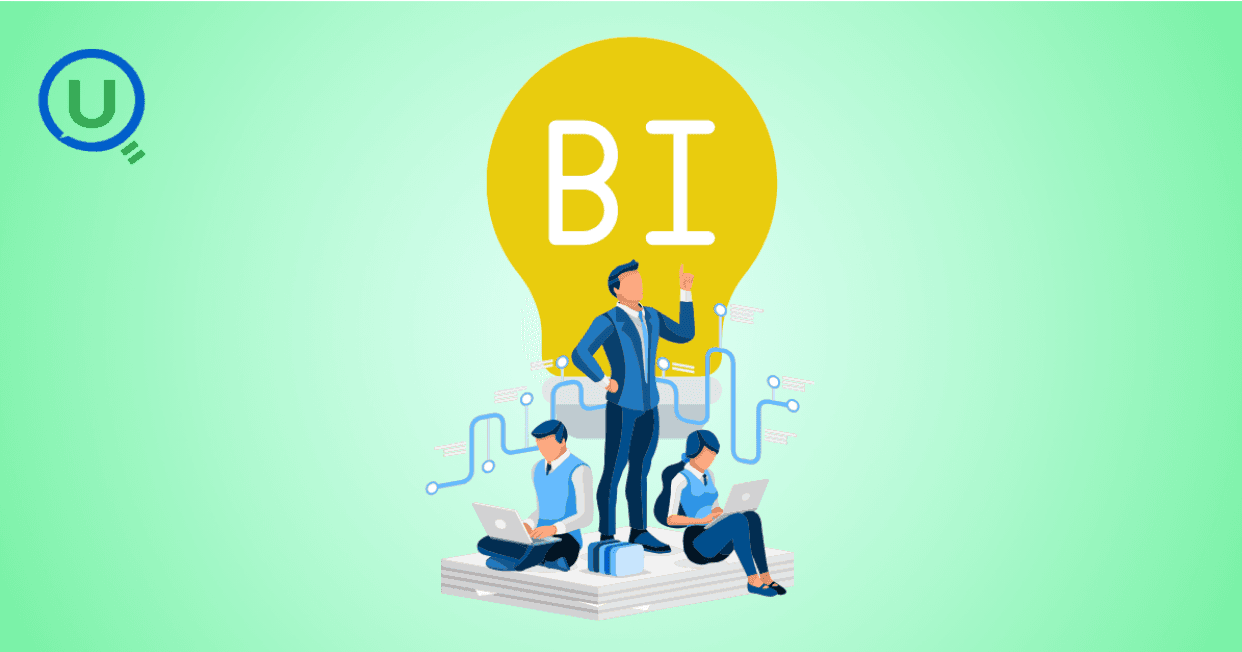
Explore what a Business Intelligence Engineer does—from building data pipelines to crafting dashboards. Learn key responsibilities, tools, and why this role is vital in a data-driven organization.
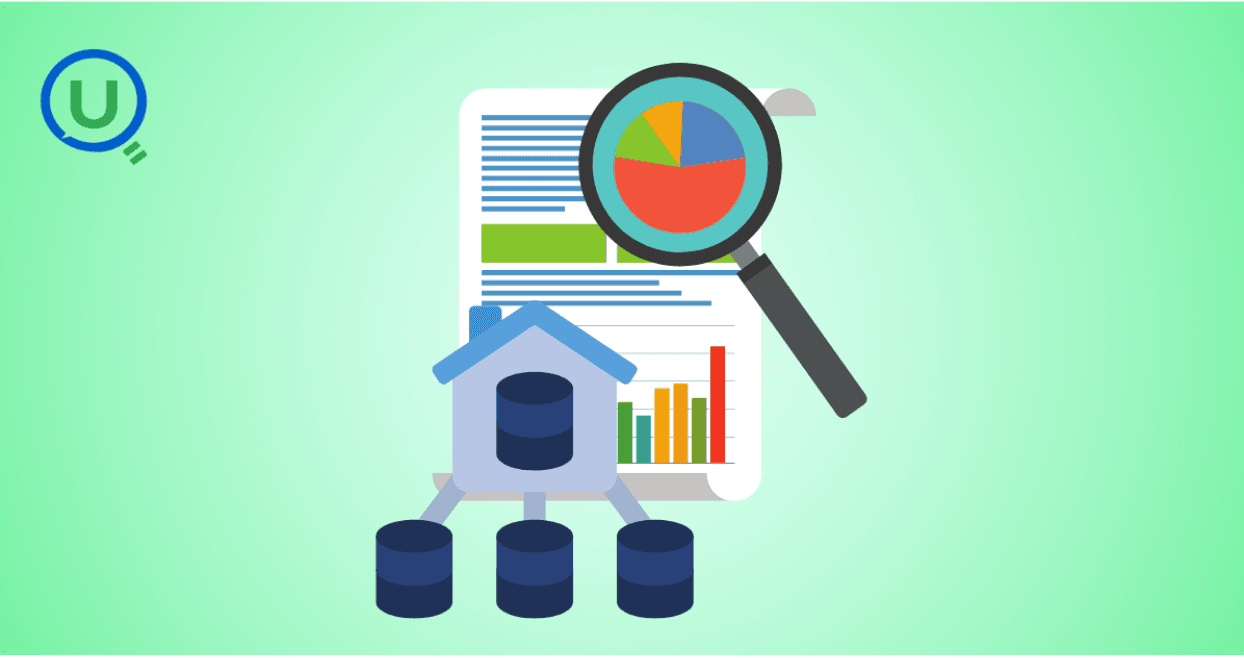
Learn what a data mart is, its types, and key benefits. Discover how data marts empower departments with faster, targeted data access for improved decision-making, and how they differ from data warehouses and data lakes.

Master data strategy: Understand data mart vs data warehouse key differences, benefits, and use cases in business intelligence. Enqurious boosts your Data+AI team's potential with data-driven upskilling.
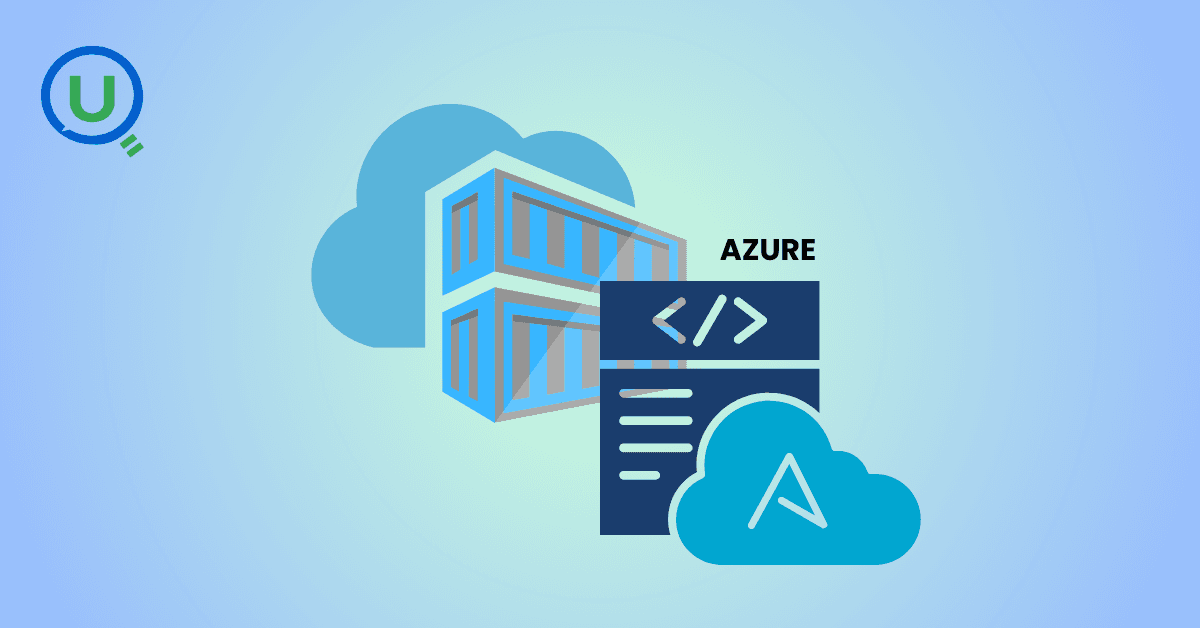
Learn what Azure Data Factory (ADF) is, how it works, and why it’s essential for modern data integration, AI, and analytics. This complete guide covers ADF’s features, real-world use cases, and how it empowers businesses to streamline data pipelines. Start your journey with Azure Data Factory today!
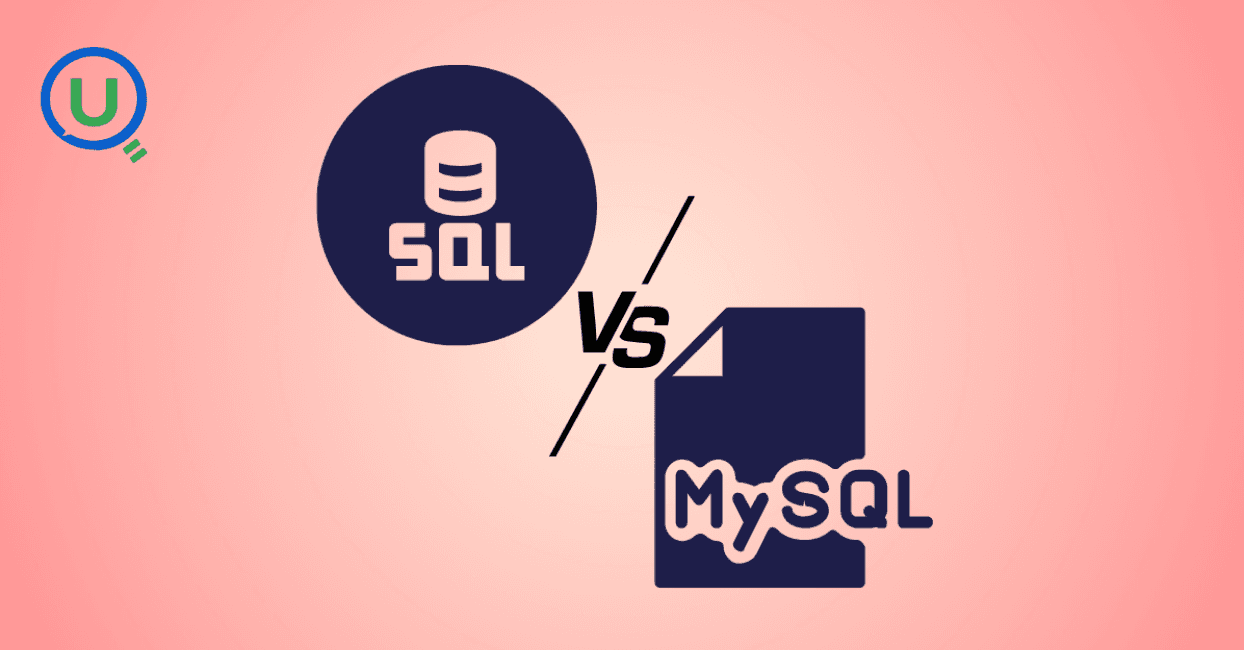
Discover the key differences between SQL and MySQL in this comprehensive guide. Learn about their purpose, usage, compatibility, and how they work together to manage data. Start your journey with SQL and MySQL today with expert-led guidance from Enqurious!
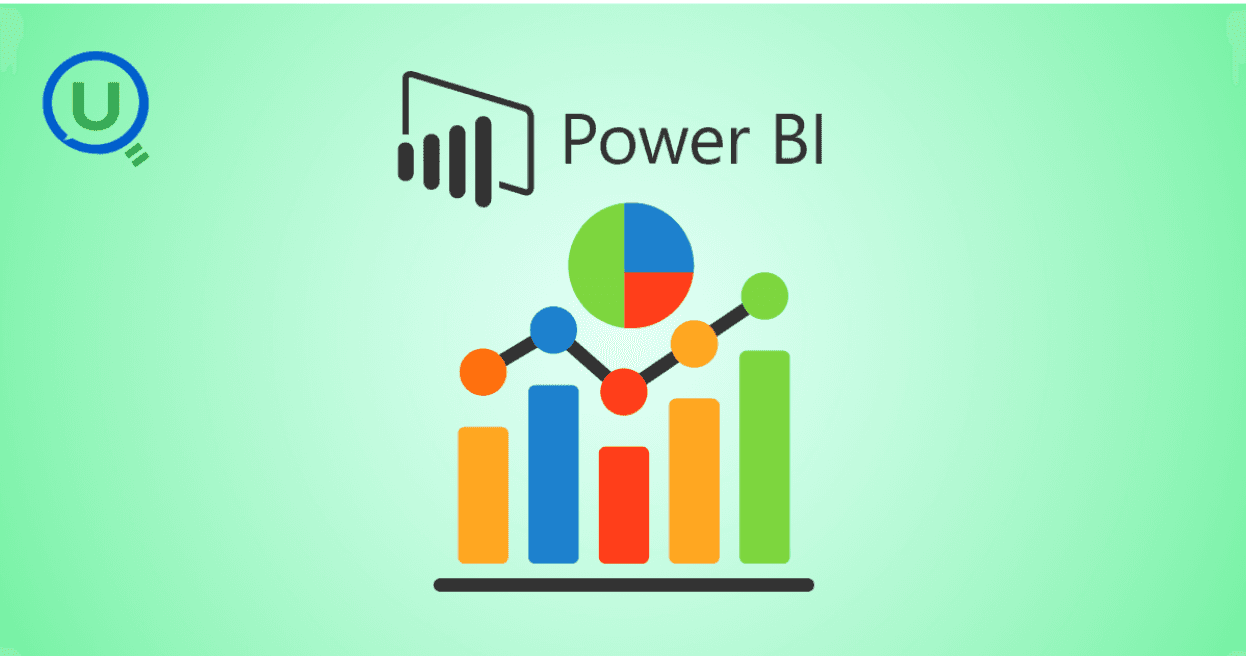
Learn Power BI from scratch in 2025 with this step-by-step guide. Explore resources, tips, and common mistakes to avoid as you master data visualization, DAX, and dashboard creation. Start your learning journey today with Enqurious and gain hands-on training from experts!
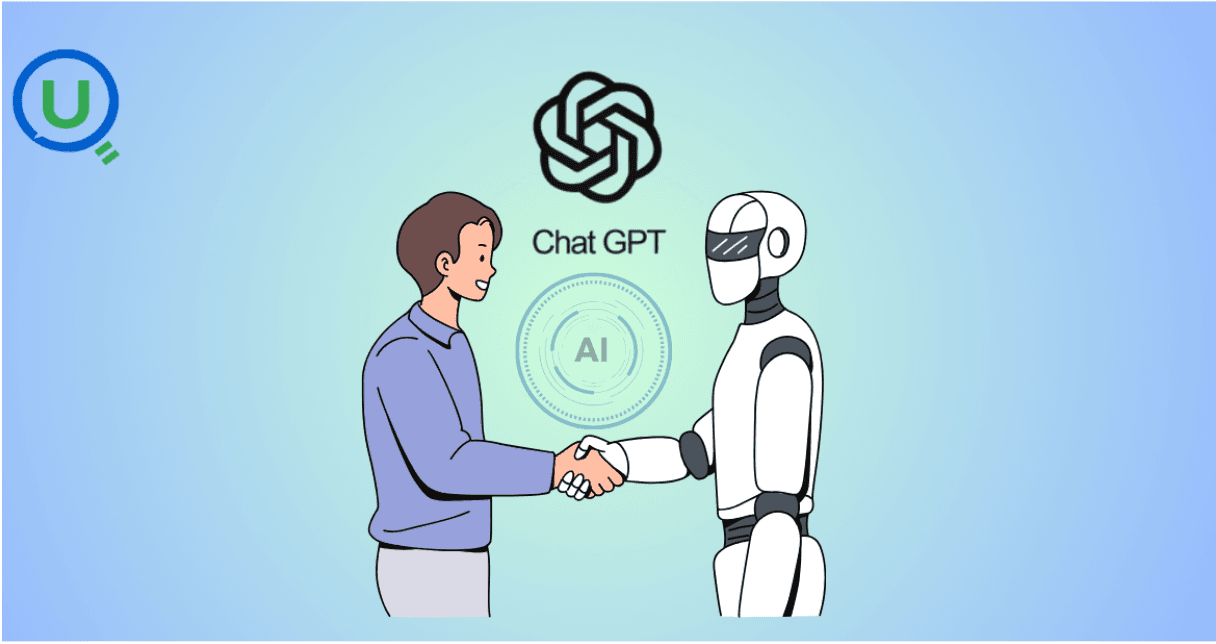
AI tools like ChatGPT are transforming clinical data management by automating data entry, enabling natural language queries, detecting errors, and simplifying regulatory compliance. Learn how AI is enhancing efficiency, accuracy, and security in healthcare data handling.
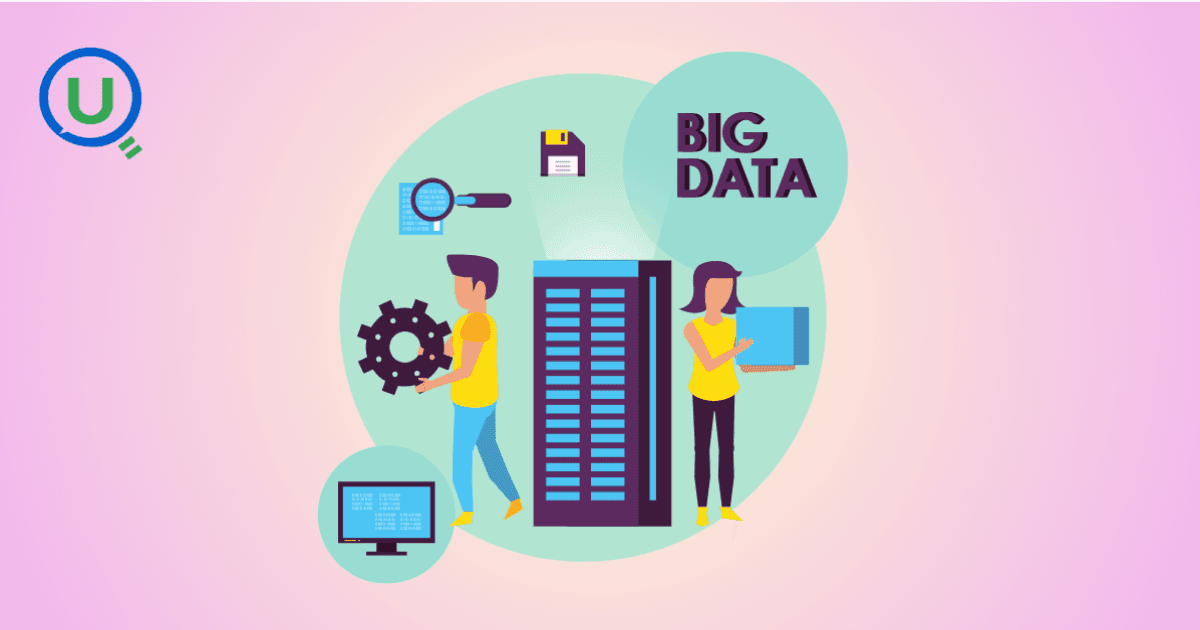
Big Data refers to large, complex data sets generated at high speed from various sources. It plays a crucial role in business, healthcare, finance, education, and more, enabling better decision-making, predictive analytics, and innovation.
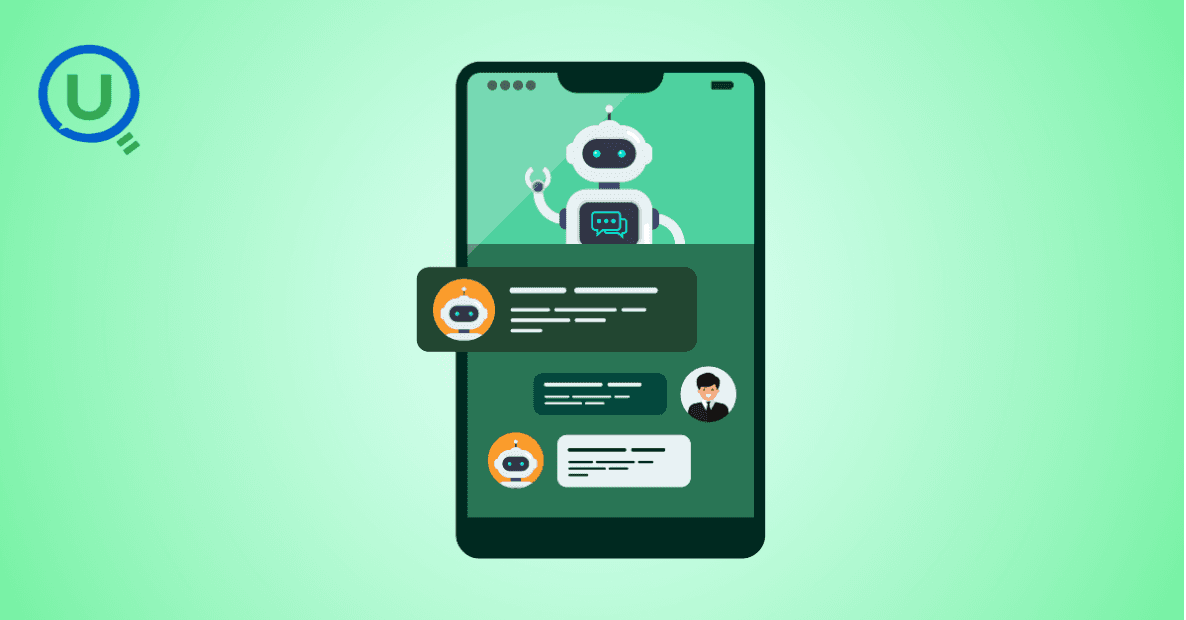
Discover the power of prompt engineering and how it enhances AI interactions. Learn the key principles, real-world use cases, and best practices for crafting effective prompts to get accurate, creative, and tailored results from AI tools like ChatGPT, Google Gemini, and Claude.

Learn what a Logical Data Model (LDM) is, its key components, and why it’s essential for effective database design. Explore how an LDM helps businesses align data needs with IT implementation, reducing errors and improving scalability.
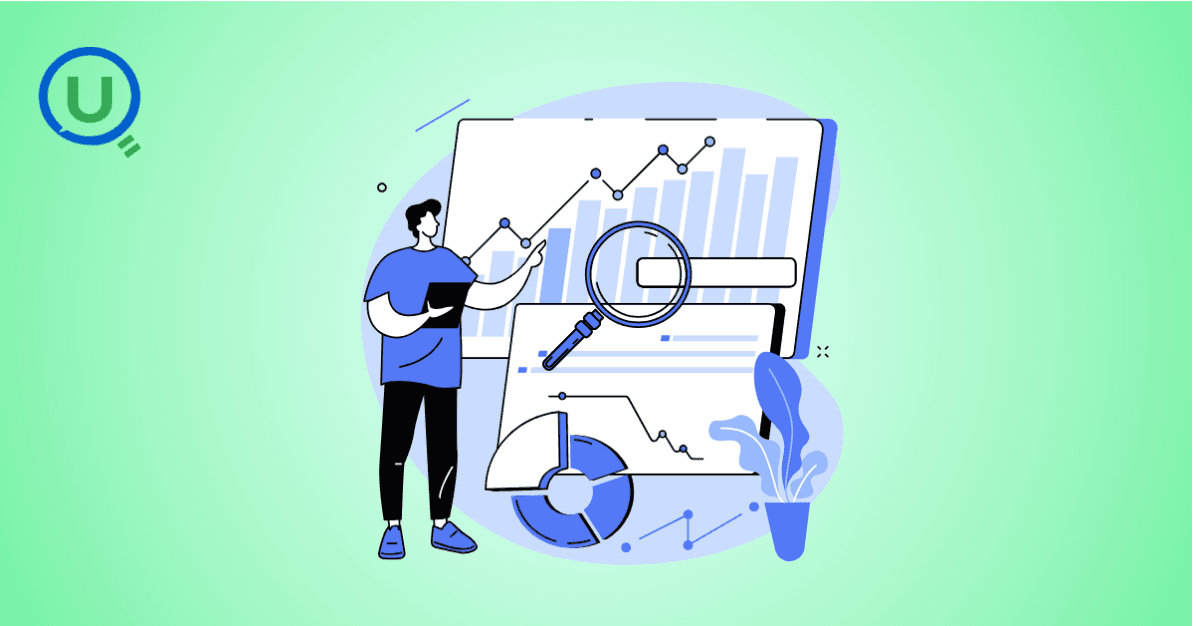
Discover the power of a Canonical Data Model (CDM) for businesses facing complex data integration challenges. Learn how CDM simplifies communication between systems, improves data consistency, reduces development costs, and enhances scalability for better decision-making.

Discover the 10 essential benefits of Engineering Data Management (EDM) and how it helps businesses streamline workflows, improve collaboration, ensure security, and make smarter decisions with technical data.

Explore how vibe coding is transforming programming by blending creativity, collaboration, and technology to create a more enjoyable, productive, and human-centered coding experience.

Learn how Azure Databricks empowers data engineers to build optimized, scalable, and reliable data pipelines with features like Delta Lake, auto-scaling, automation, and seamless collaboration.

Explore the top 10 data science trends to watch out for in 2025. From generative AI to automated machine learning, discover how these advancements are shaping the future of data science and transforming industries worldwide.

Discover the key differences between data scientists and data engineers, their roles, responsibilities, and tools. Learn how Enqurious helps you build skills in both fields with hands-on, industry-relevant learning.

Discover the 9 essential steps to effective engineering data management. Learn how to streamline workflows, improve collaboration, and ensure data integrity across engineering teams.
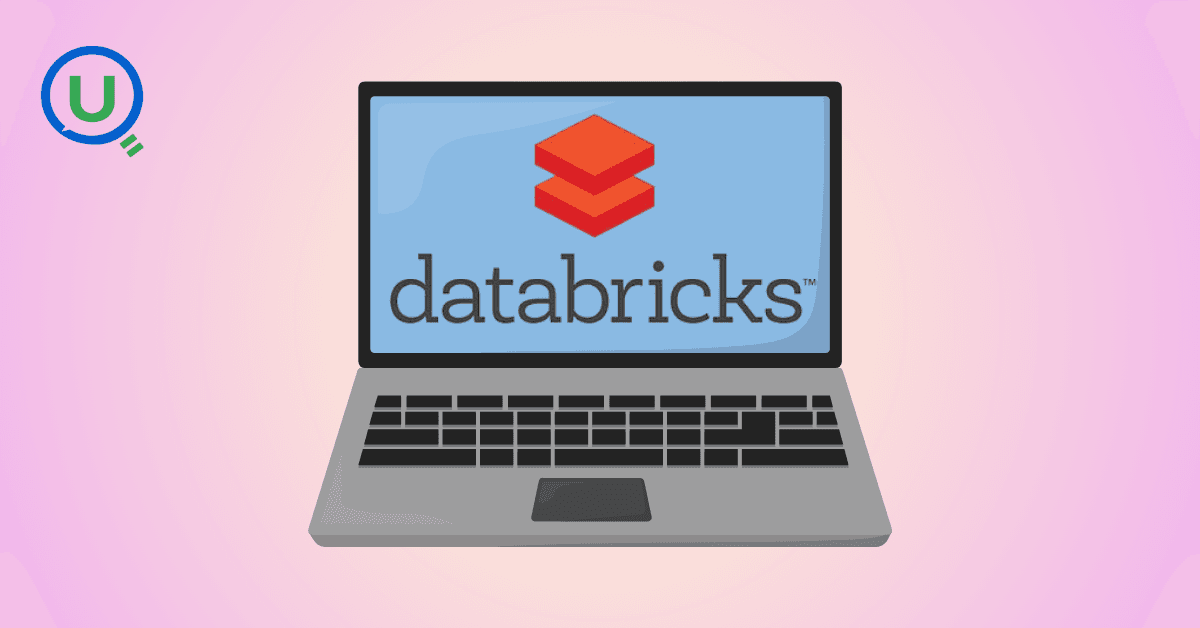
Azure Databricks is a cloud-based data analytics platform that combines the power of Apache Spark with the scalability, security, and ease of use offered by Microsoft Azure. It provides a unified workspace where data engineers, data scientists, analysts, and business users can collaborate.

In today's data-driven world, knowing how to make sense of information is a crucial skill. We’re surrounded by test scores, app usage stats, survey responses, and sales figures — and all this raw data on its own isn’t helpful.

In this blog, we will discuss some of the fundamental differences between AI inference vs. training—one that is, by design, artificially intelligent.

This guide provides a clear, actionable roadmap to help you avoid common pitfalls and successfully earn your SnowPro Core Certification, whether you’re making a career pivot or leveling up in your current role.

"Ever had one of those days when you’re standing in line at a store, waiting for a sales assistant to help you find a product?" In this blog we will get to know about -What is RAG, different types of RAG Architectures and pros and cons for each RAG.

Discover how Databricks and Snowflake together empower businesses by uniting big data, AI, and analytics excellence

How do major retailers like Walmart handle thousands of customer queries in real time without breaking a sweat? From answering questions instantly to providing personalized shopping recommendations, conversational AI reshapes how retailers interact with their customers.